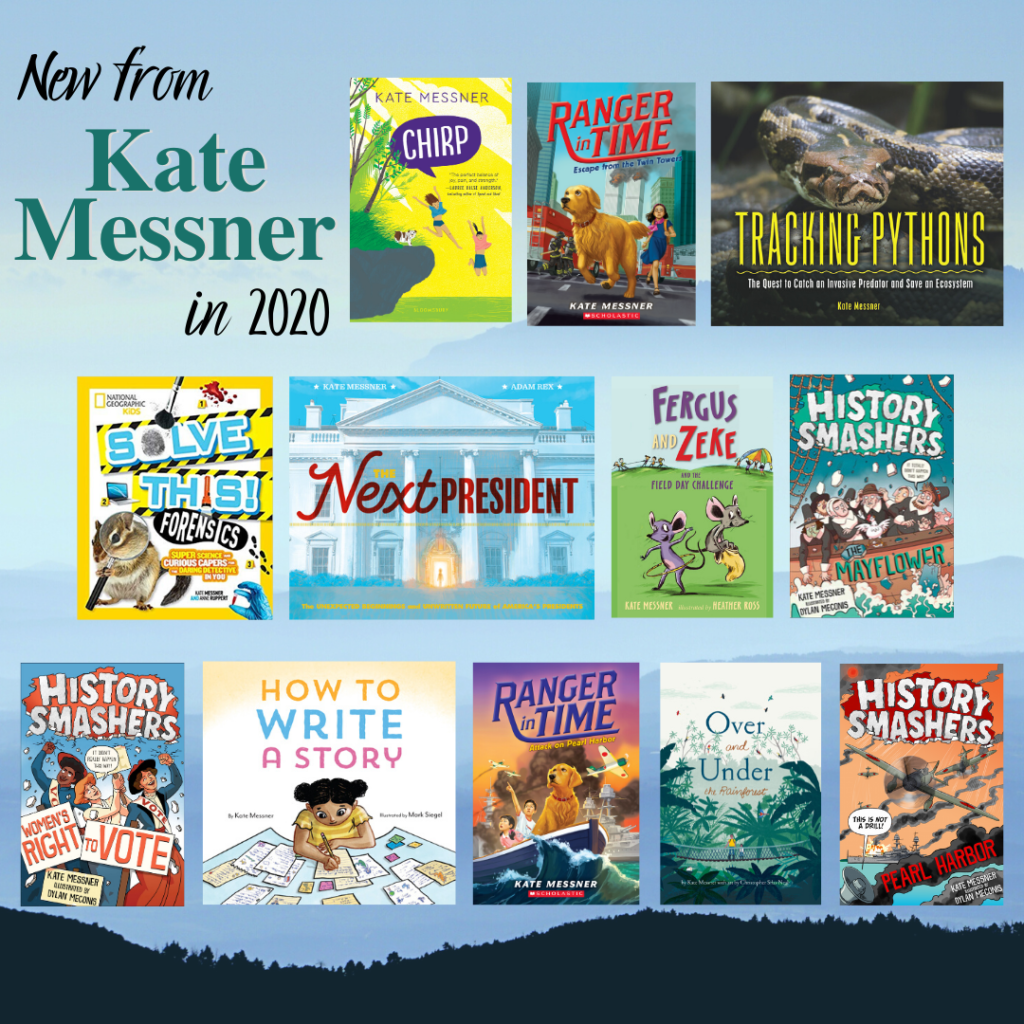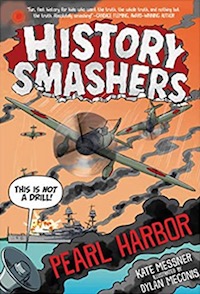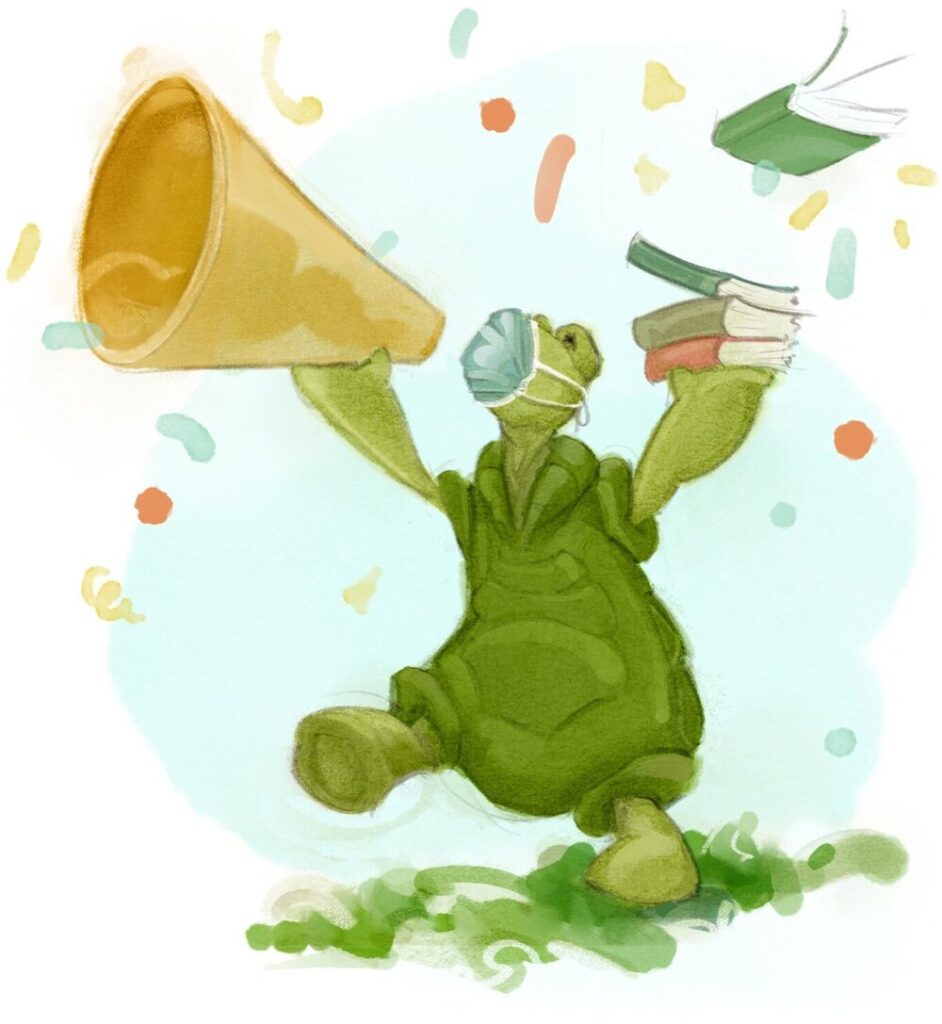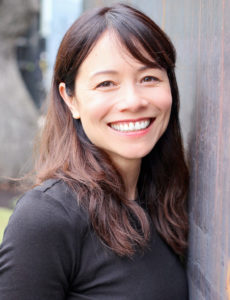Hello, friends! Welcome back to Teachers Write! We’ve spent the past two weeks reflecting, mining memories, and searching for moments that reconnect us with our roots. Today, we’re going to look ahead, but before we get to this week’s prompt, I have a couple of housekeeping items.

First of all, thank you SO much to everyone who ordered a copy of Dr. Fauci: How a Boy from Brooklyn Became America’s Doctor! I’m excited to share the news that our picture book biography of America’s top infectious disease specialist debuted at #4 on the New York Times Bestseller List! If you still need a signed copy for your classroom, you can order from my local independent bookstore, The Bookstore Plus – and then download our teaching & discussion guide for this book. Educator Melissa Guerrette created the guide and included so many thoughtful conversation starters and cross-curricular extension activities.
Some of you were able to join us for last week’s Teachers Write Authors Happy Hour, and that turned out to be an amazing and open conversation about writing and reading in a time where nothing feels normal. If you missed it, don’t worry – we recorded the whole thing so you can watch this week. Here’s the link for the video!
I want to say one more thank you to Tracey Baptiste, Linda Sue Park,Linda Urban, and Jen Vincent for joining us for this powerful conversation. Please check out their books and order for your classroom if you don’t already have them!



One of the things we talked about in our Zoom session was the importance of play in writing and in all creative pursuits. And this week’s writing prompt captures that spirit. We’re going to spend some time brainstorming story ideas, using one of my favorite strategies of all time – three column brainstorming. It’s designed to get a writer thinking about the sorts of unexpected connections that can spark truly unique story ideas. Here’s a video I made to walk you through it – and (bonus!) this works for writers of all ages, so you’ll be able to share it with your students, too, once you’re back writing together.
Remember – this one is just for fun. It’s play time! We’re going to scribble down whatever comes to mind, and then have fun mixing up ideas for possible stories. Ready? Get some paper or your laptop/tablet and have fun!
Be sure to visit Jen’s blog this Thursday to check in with her and your fellow campers – maybe you’ll even have a story from this week’s brainstorming to share!
Have a terrific week!
Kate
One more note…
This isn’t part of Teachers Write, but some of you have let me know that you’ve been inspired to work more seriously on picture book biography manuscripts this summer, so I wanted to let you know about a separate online workshop I’m offering for writers later this month.

“Out-of-the-Box Biographies” is a 90-minute intensive that focuses on the craft of writing picture book biographies. It’s designed for writers currently drafting or revising picture book biographies and for those who would like to explore this genre. Registration is $49.
In this virtual workshop, we’ll take a look at the research and craft behind bestselling and award winning picture book biographies, with a focus on choosing and researching subjects, experimenting with structure, building themes, and avoiding common pitfalls that cause editors to pass on a manuscript for this competitive market. The workshop will conclude with time for Q&A. ASL interpreting will be provided for both the live webinar and the recording.
Topics include:
-Choosing subjects that capture the attention of kids and teachers (and editors, too!)
-Finding sources for historical subjects
-Using time-period & setting details to flesh out a story
-Researching & writing about living people
-Choosing a structure
-Developing themes
-Creating rich back matter
-Avoiding common pitfalls in a crowded market
The webinar will be recorded, and a video replay will be made available (until August 31) for those who cannot attend live. A link to the video replay and handouts will be emailed to all registrants within 24 hours after the live webinar. If you’d like to join us, you can sign up here.

















